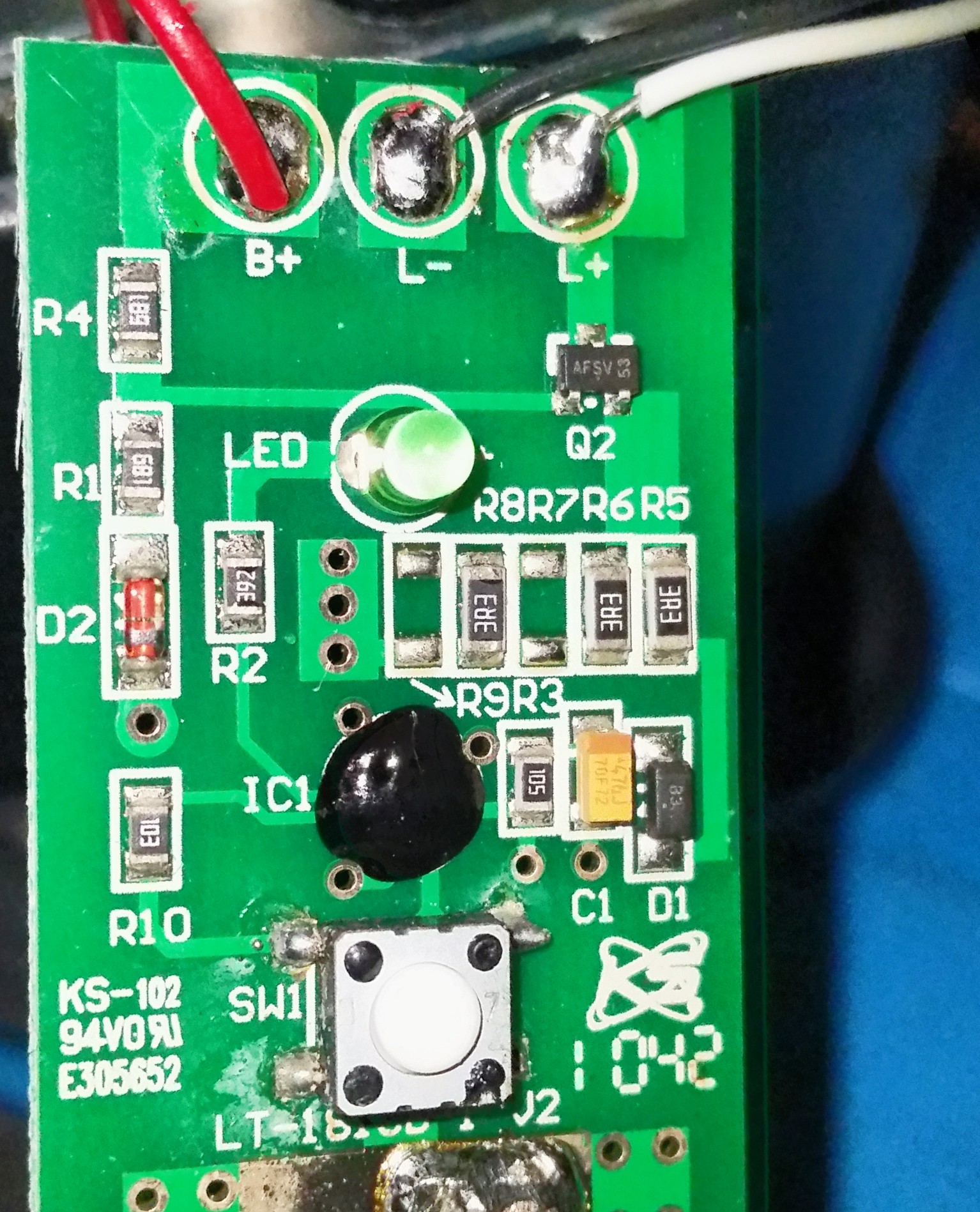I have a lamp which takes three D-size batteries. It seems to have been designed to function best with alkaline batteries and is relatively dim (in fact the bright and dim settings both appear the same) using 1.2 V NiMH batteries. I was wondering what circuit I might use to increase the brightness of the lamp without draining the NiMH batteries below ~0.9 V to protect them from damage.
-
Categories
-
Platforms
-
Content

